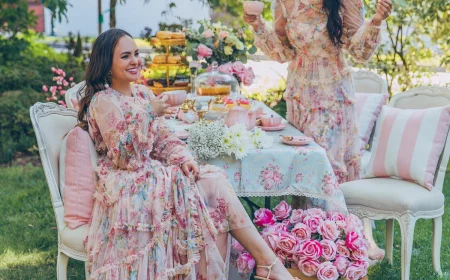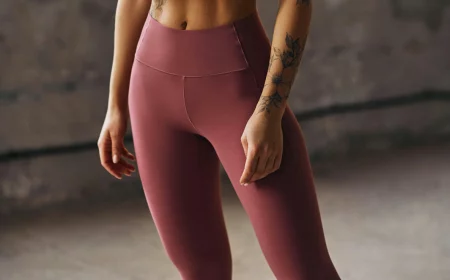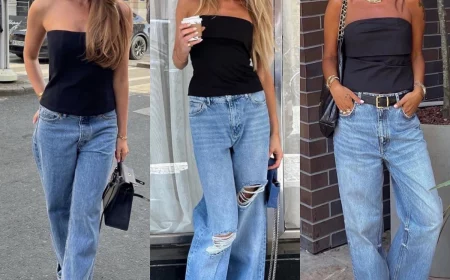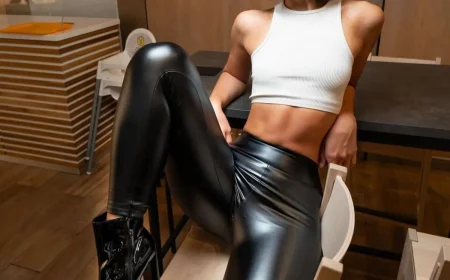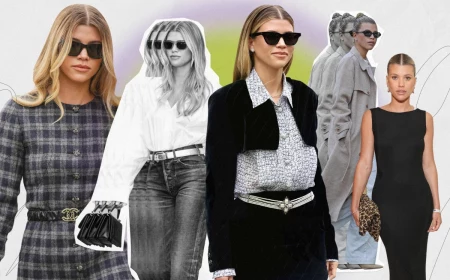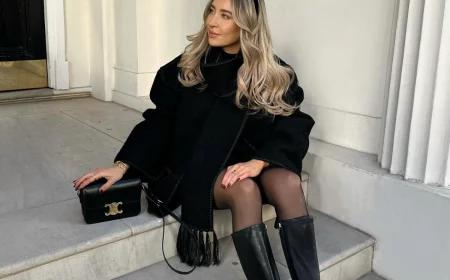Finally Conquer the Cold: The Smart Way to Build a Winter Wardrobe
I’ve spent years helping people figure out their clothes, not just for fashion, but for real life. I’ll never forget one person I worked with who was just completely miserable about winter. Her closet was packed with gorgeous, expensive-looking sweaters and coats, but she confessed she was always freezing and uncomfortable. She felt bulky, couldn’t move freely, and basically dreaded half the year. Her problem wasn’t a lack of clothes; it was a lack of a system. So, we sat down and talked about the real culprits: heat, moisture, and air.
In this article
Dressing well for winter has almost nothing to do with chasing trends. It’s about applied science, plain and simple. It’s about picking the right materials for the job and putting them together in a way that keeps you warm, dry, and actually comfortable. This isn’t a list of cute outfits that will be out of style next year. This is the blueprint for a functional, long-lasting winter wardrobe that will serve you for years to come.
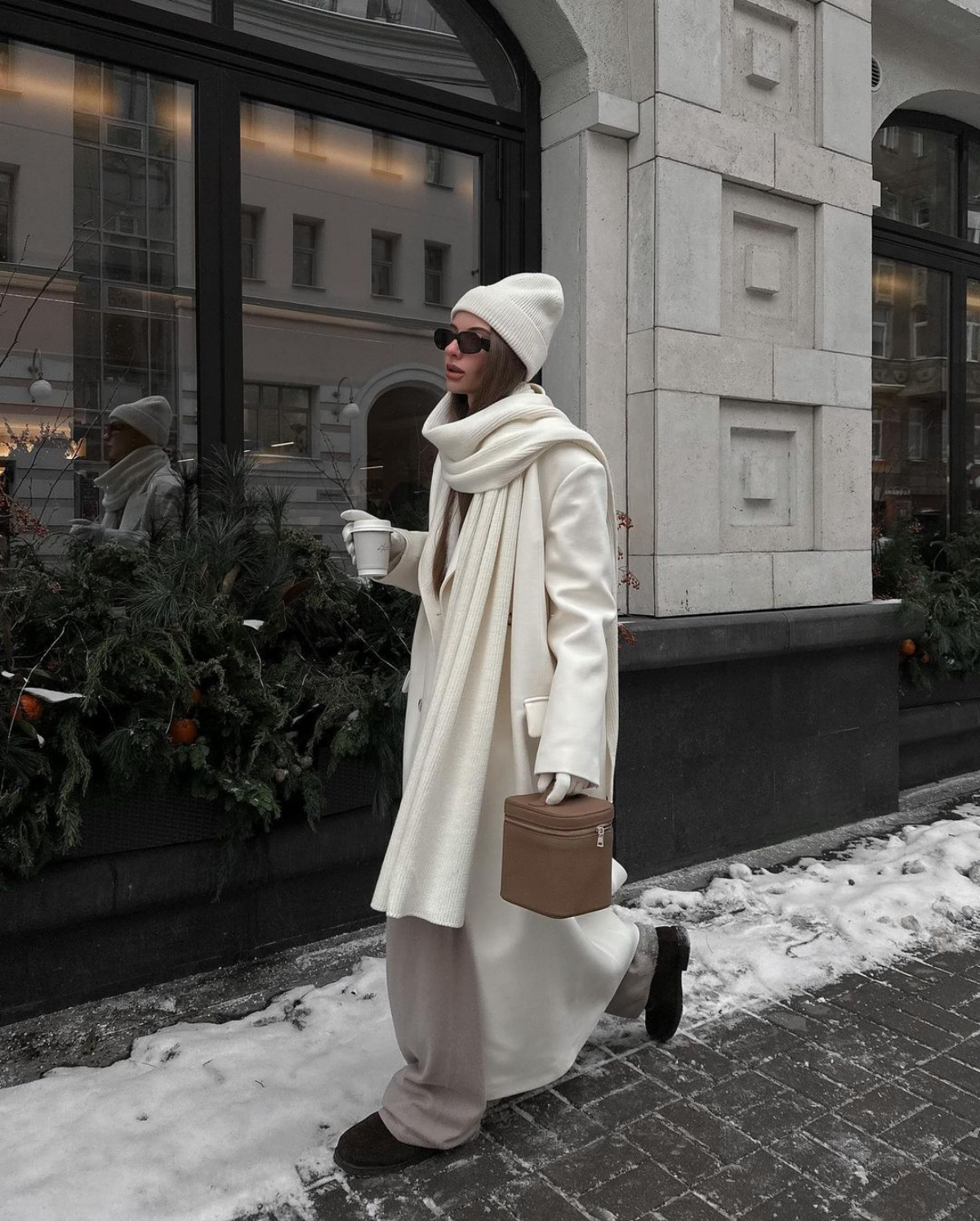
The Simple Science of Staying Warm
Before we even think about clothes, let’s get one thing straight: why we feel cold. Your body is a little furnace, and it loses heat in a couple of key ways. We’re mainly concerned with heat loss from direct contact (like a cold jacket on your shoulders) and from moving air (wind). That cheap, thin coat you have fails because the wind cuts right through it, and the cold fabric itself leeches warmth from your body. An effective winter wardrobe is basically an engineered system to stop that from happening.
And that system has three non-negotiable layers. Honestly, forgetting one of these is the single biggest mistake people make. They’ll pile on a couple of thick, chunky sweaters but wear a cotton t-shirt underneath, then wonder why they’re a sweaty mess indoors and freezing the second they step outside.
1. The Base Layer: Your Second Skin
This is, without a doubt, the most important and most overlooked layer. Its job isn’t to be super warm; its job is to manage moisture. It sits right against your skin, and if it gets wet from sweat and stays wet, you will get cold. It doesn’t matter what you wear on top.

This is why you need to stop using cotton long-sleeved tees for winter layering. I know, they’re comfy, but cotton is like a sponge—it absorbs moisture and holds it right against you, making you feel damp and chilled. It’s a one-way ticket to discomfort.
Your best bet is either merino wool or a technical synthetic. Merino wool is nature’s little miracle. Its fibers can absorb a ton of moisture before you even feel it, and it actively pulls that sweat away from your skin. Plus, it’s naturally odor-resistant. A good 150-200 g/m² weight merino top is a total game-changer. Look, I get it, a top from a brand like Smartwool or Icebreaker can feel steep at $80-$110, but it’s the single best upgrade you can make to your winter comfort. For a more budget-friendly start, check out the house brands at places like REI or even Uniqlo’s HEATTECH line, which are great for everyday city wear.
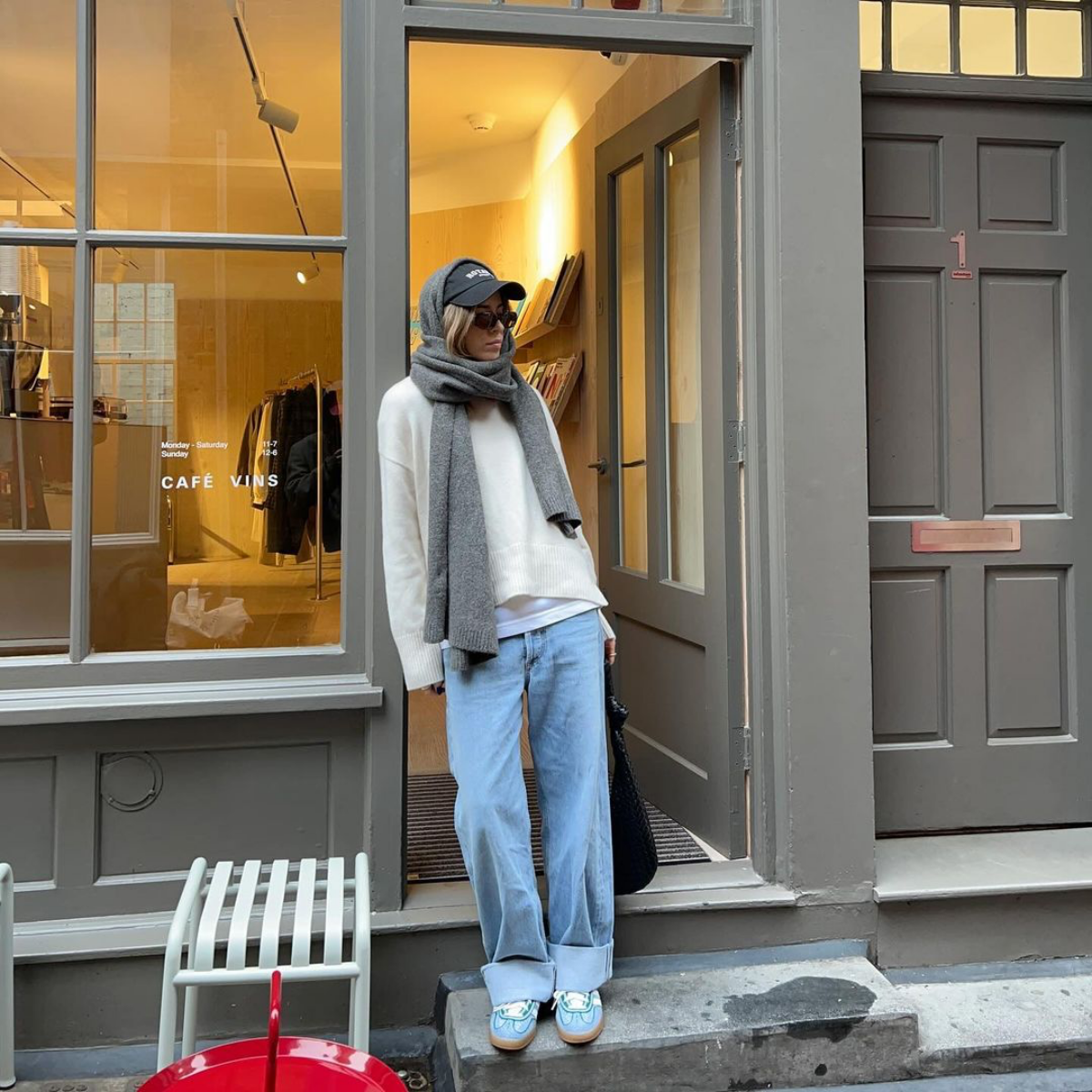
2. The Mid-Layer: Your Personal Furnace
Okay, this is your main insulation layer. Its entire purpose is to trap your body heat. The key principle here is “loft,” which just means creating tiny pockets of air. Trapped, still air is an amazing insulator.
So, what works best for this job? You’ve got a few solid options:
- Wool Sweaters: The timeless choice. Lambswool is a sturdy, rugged classic. Merino is softer, warm, and breathable. Cashmere is the peak of luxury—incredibly soft and warm for its weight, but it’s delicate and needs careful handling. A good wool sweater is an investment that, if cared for, will last you decades.
- Fleece: This synthetic polyester knit is the reliable workhorse. It’s lightweight, tough, and insulates pretty well even if it gets a little damp. It’s not quite as breathable as wool, so you might feel a bit clammy if you’re really active, but for daily casual use, a quality fleece jacket is a fantastic and affordable mid-layer.
- Down: For serious, biting cold, nothing beats down for lightweight warmth. Its power is measured in “fill power” (like 600, 750, etc.). A higher number means more fluffiness (loft) and more warmth for less weight. For most city or suburban life, a 600-700 fill power is plenty. You only need the super-high 800+ stuff for specialized backcountry adventures.
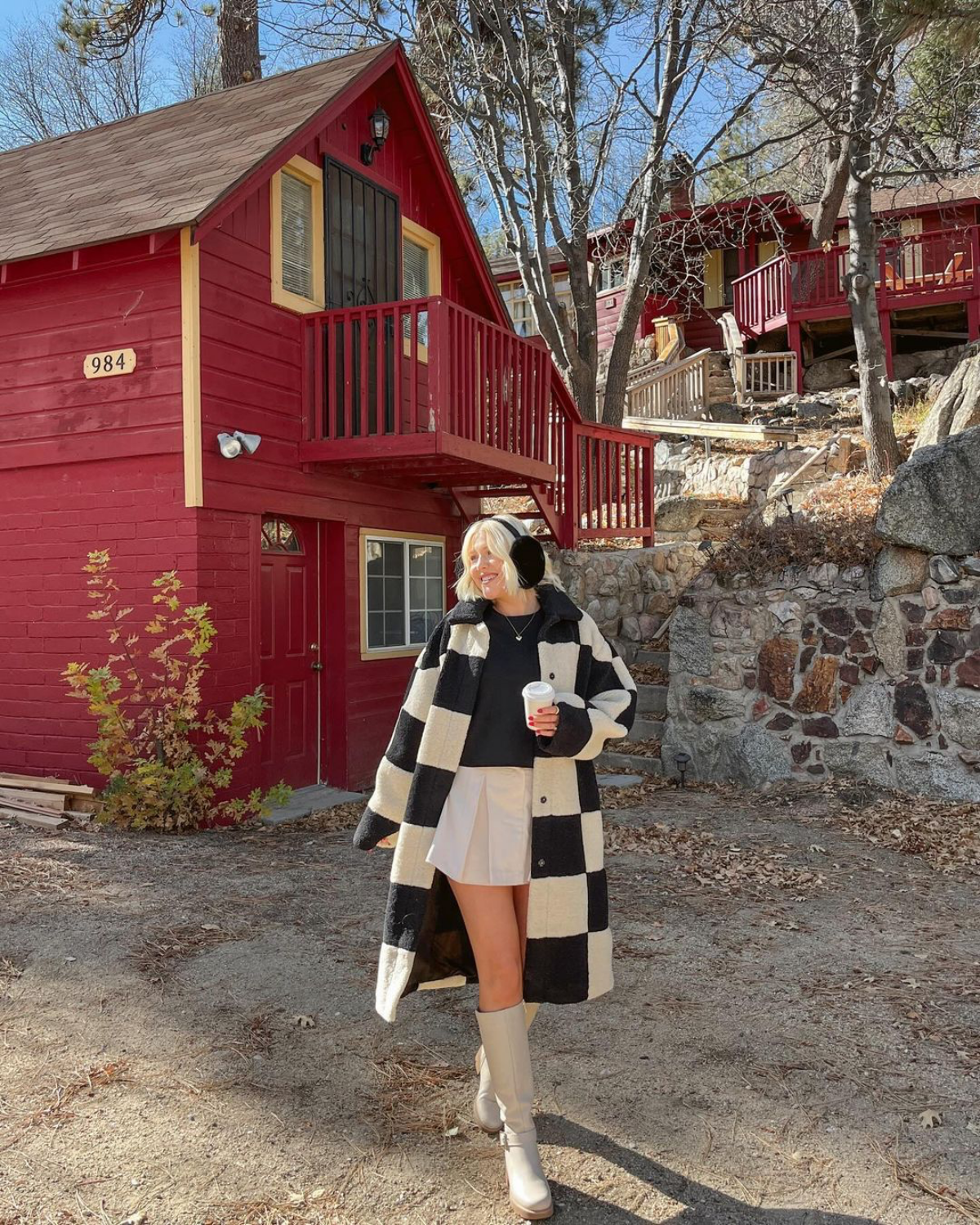
3. The Outer Layer: Your Weather Shield
This layer is your armor. It protects you and your cozy mid-layer from the elements, specifically wind and precipitation. All that trapped warm air from your mid-layer is useless if a gust of wind can slice right through and steal it away.
Your coat or shell jacket needs to be made of a tightly woven fabric to block wind. For rain or wet snow, you’ll want some water resistance. Many coats have what’s called a Durable Water Repellent (DWR) finish that makes water bead up and roll off. Heads up! This coating wears off over time. When your jacket stops beading water, it’s time for a refresh. It’s easy—just grab a spray-on product like Nikwax TX.Direct from an outdoor store, hang your clean jacket up, spray it evenly, and follow the drying instructions. Boom, it’s like new again. For really wet climates, a fully waterproof membrane is great, but often overkill (and less breathable) for casual use.
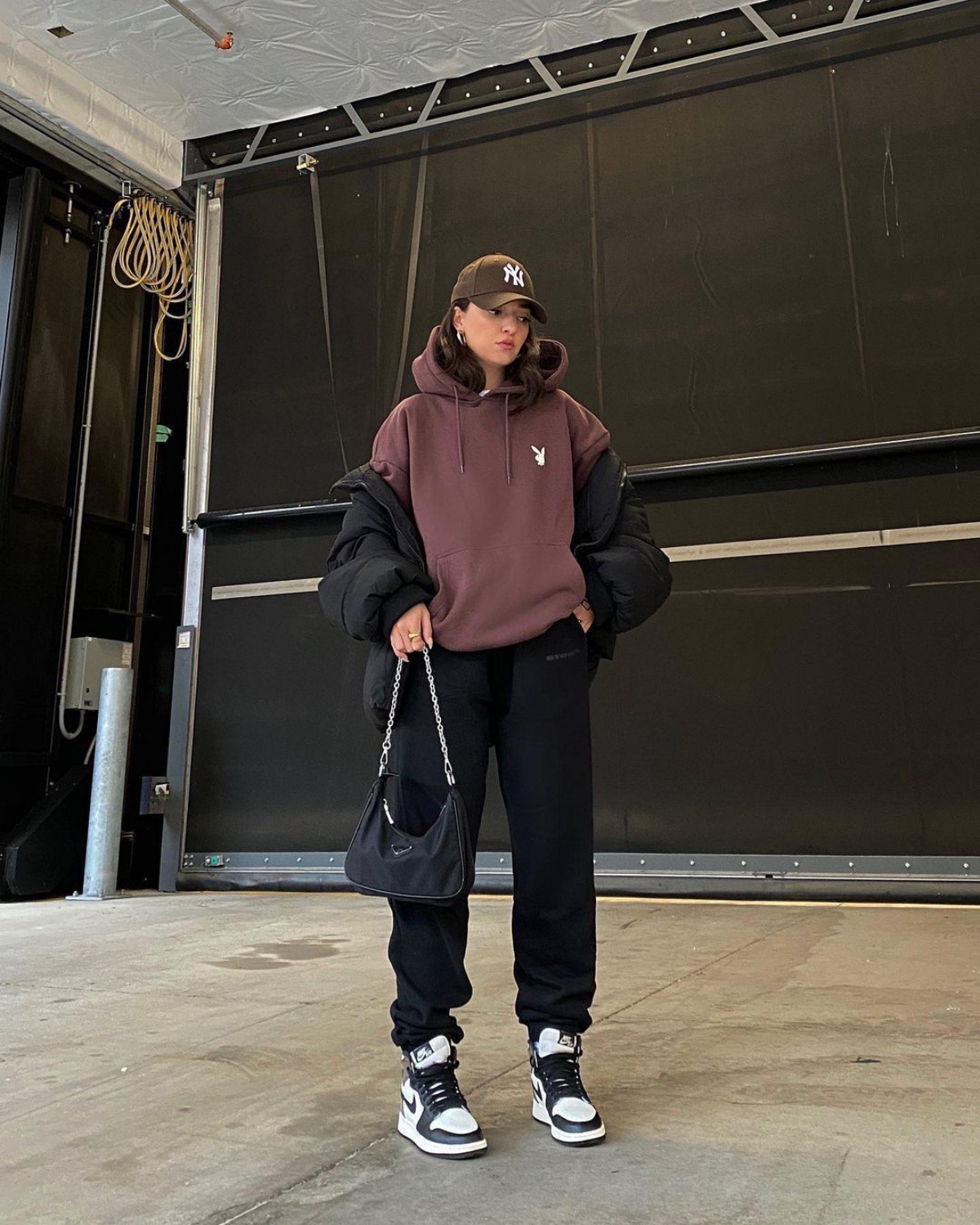
Your Core Wardrobe: The Four Pillars
Instead of thinking in outfits, think in high-quality, interchangeable components. A few well-made pieces will serve you way better than a closet full of trendy, disposable stuff.
Pillar 1: Quality Knitwear
Invest in at least two really good sweaters. I’d suggest one classic crewneck and one turtleneck or quarter-zip. A neutral color like grey, navy, or camel will go with everything. And please, try to avoid 100% acrylic sweaters. They’re cheap, but they don’t breathe. You’ll find yourself sweating indoors, and they offer poor insulation for their weight outside. A wool blend is a decent compromise, but aim for at least 70% natural fiber.
Pro Care Tip: Never, ever hang your heavy sweaters. The weight will stretch out the shoulders and ruin the shape. Fold them. Wash them as little as possible, by hand, in cool water with a wool-specific soap. Gently squeeze out the water (don’t wring it!) and lay it flat on a towel to dry. I still have a lambswool sweater from my college days that looks fantastic because I’ve always cared for it this way.
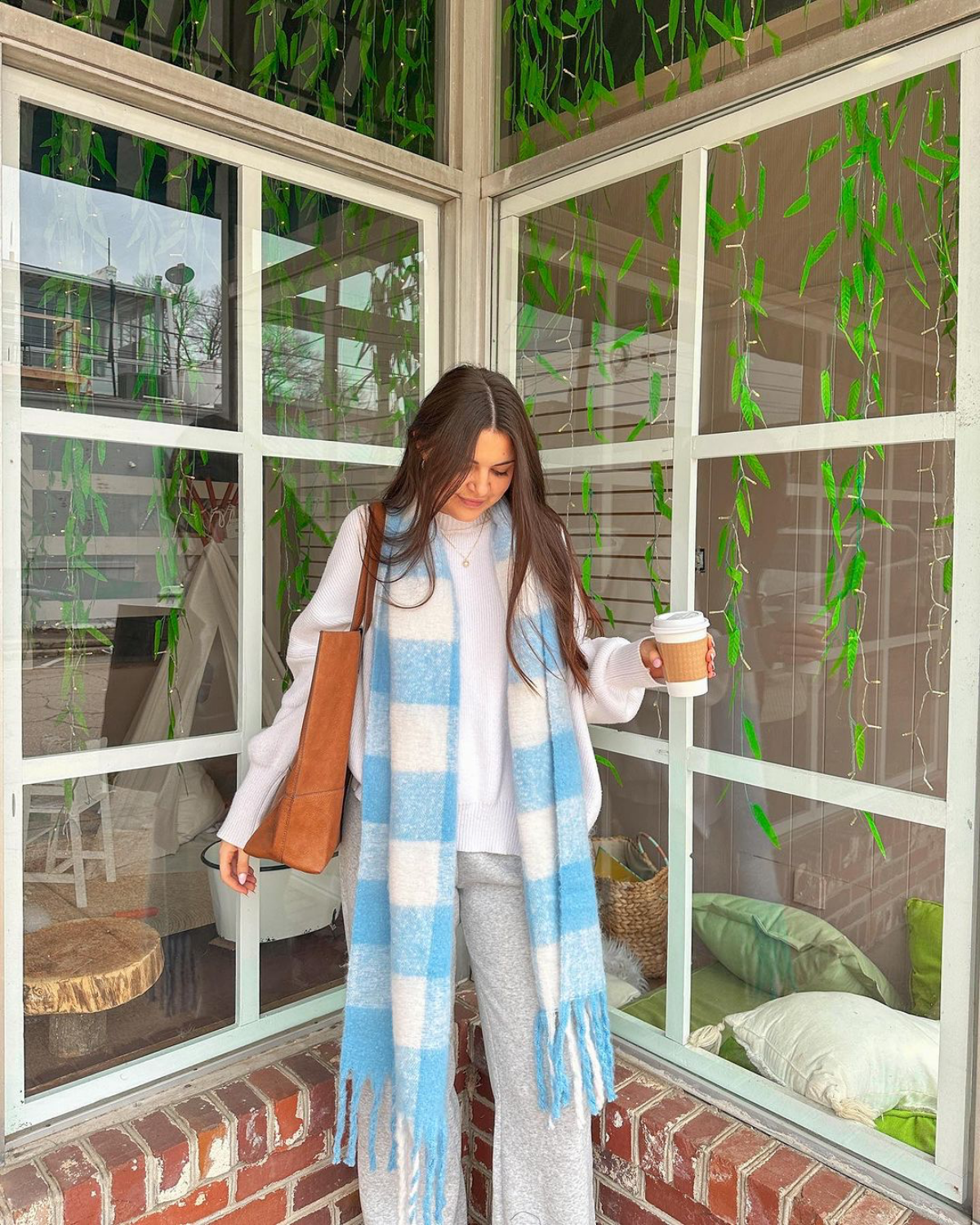
Pillar 2: Substantial Trousers
Your legs get cold, too! Standard denim offers very little protection. For real winter, add a couple of warmer options to your rotation.
- Corduroy: A winter classic for a reason. The raised ridges trap air, adding insulation. A pair in a rich brown or forest green is both practical and stylish.
- Wool Trousers: We’re not talking about old, scratchy flannel. Modern wool trousers are often soft and comfortable. They drape well and offer way more warmth than jeans. A pair in charcoal grey is incredibly versatile.
- Heavier Denim: If you’re a denim lover, look for pairs made from heavier-weight fabric (14 oz or more). They start stiff but break in beautifully and block wind much better. Flannel-lined jeans are also a fantastic, cozy option for the absolute coldest days.
Pillar 3: The Indispensable Coat
A good coat is your single most important winter purchase. This is not where you want to cut corners. A well-made coat can last a decade, so the cost-per-wear ends up being very low.
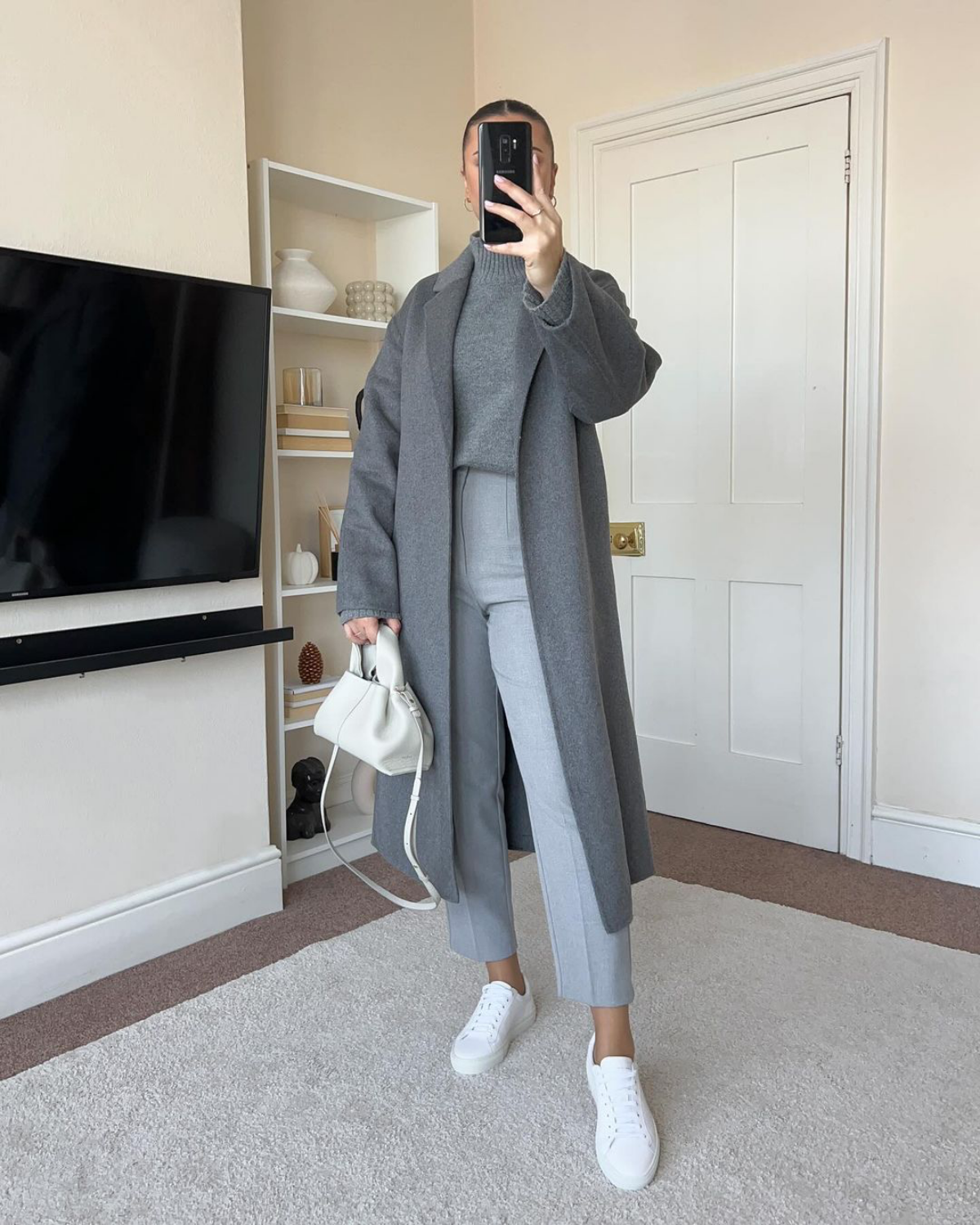
So, what should you expect to spend? For a quality wool overcoat that will last, a realistic budget is between $300 and $700. For a seriously warm parka from a trusted brand like L.L. Bean or Eddie Bauer, you’re looking at a range of $250 to $800, depending on the tech and fill power. It’s an investment, for sure, but one that pays off every single freezing day.
Pillar 4: Weather-Ready Boots & Socks
Cold, wet feet will make your whole body feel chilled. This is a non-negotiable part of the system. First, let’s talk about the real secret weapon: your socks. Your boots are only as good as the socks inside them. Ditch the cotton and grab a few pairs of mid-weight merino wool socks from a brand like Darn Tough or Smartwool. Yes, a single pair can cost $20-$25, but they last for ages, keep your feet dry, and make the difference between happy toes and frozen bricks.
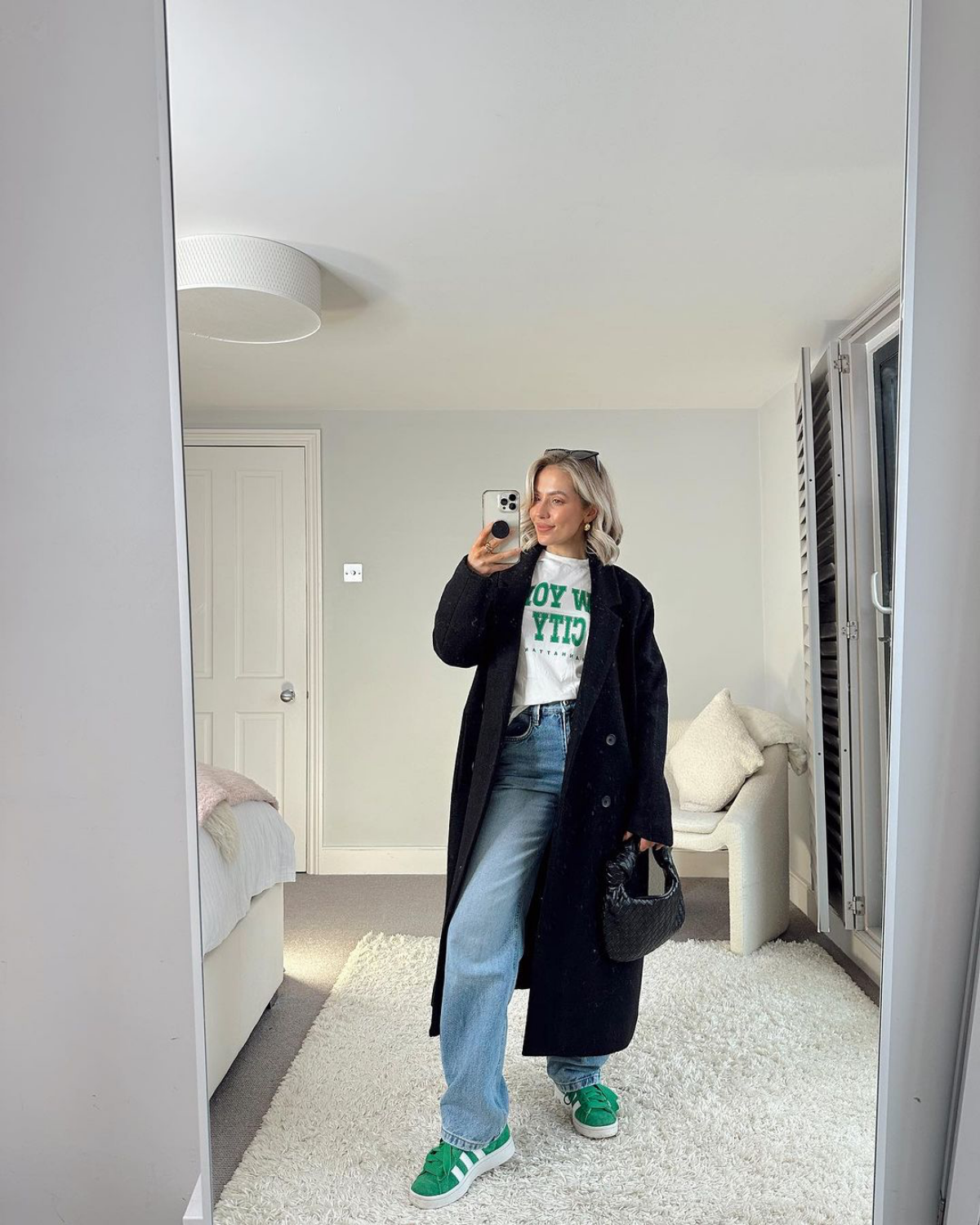
Now for the boots. Look for a thick rubber sole with deep lugs for grip—a thin leather sole is a legitimate safety hazard on ice. When you’re trying them on, consider going up a half-size from your normal shoes. This leaves room for those thick wool socks without squishing them, which would ruin their insulating ability.
Putting It All Together Like a Pro
Got the right pieces? Great. Now it’s about balance and texture. Here are a few things to keep in mind.
A Quick List of Winter Don’ts:
- Don’t wear cotton as your base layer. Period.
- Don’t hang your heavy knit sweaters.
- Don’t wear smooth-soled shoes on potentially icy days.
Balance Your Proportions. Winter clothes have volume. The trick is to not have volume everywhere. If you’re wearing a big, puffy coat, pair it with slimmer-fitting pants. Wearing wide-leg wool trousers? Keep your top layers more fitted.
Quick Challenge: Try this right now. Put on your biggest, puffiest coat. Now, look at yourself in the mirror with loose-fitting pants. Then, swap them for your slimmest-fitting pants. See the difference? That’s balancing proportions in action.
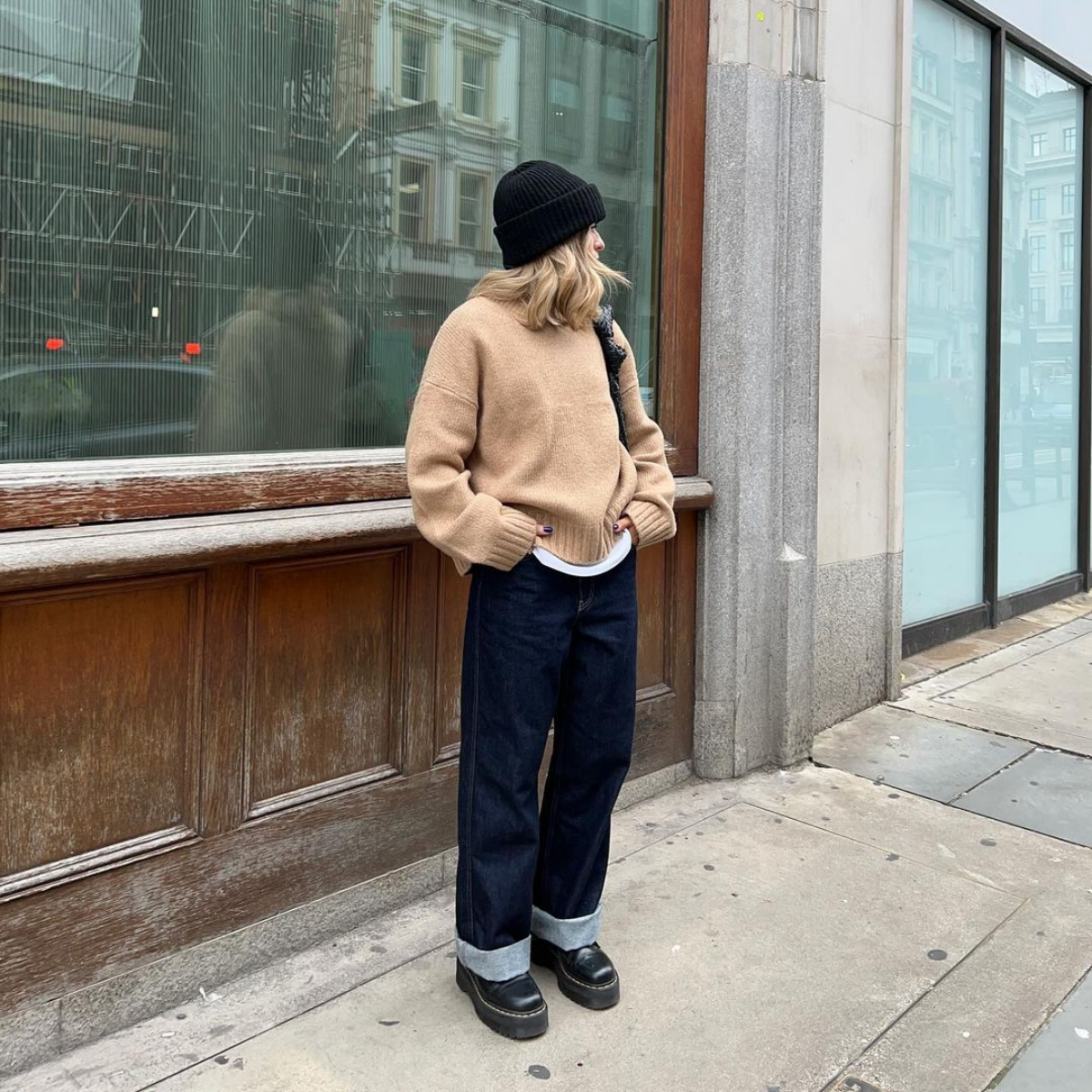
Mix Your Textures. An amazing winter outfit combines different surfaces. Think about a rugged wool sweater with a smooth, silky scarf. The stiff twill of denim against the soft pile of a fleece jacket. This is how you can wear all one color and still look incredibly sharp.
A Final Word on Investment and Care
Building this kind of wardrobe takes time, so don’t feel like you need to buy it all at once. Start with the most critical piece for where you live—for most, that’s a great coat or solid boots. Then maybe add one quality piece each year. By the way, the best time to hunt for deals is during end-of-season sales. Set a calendar reminder for late February and March to check for major discounts.
Remember, these items are tools that need maintenance. Learn to care for them properly, and your investments will repay you with years of genuine warmth and comfort. Dressing for winter isn’t a battle you have to endure. It’s a skill you can learn, and once you do, the cold season becomes something you can actually enjoy.
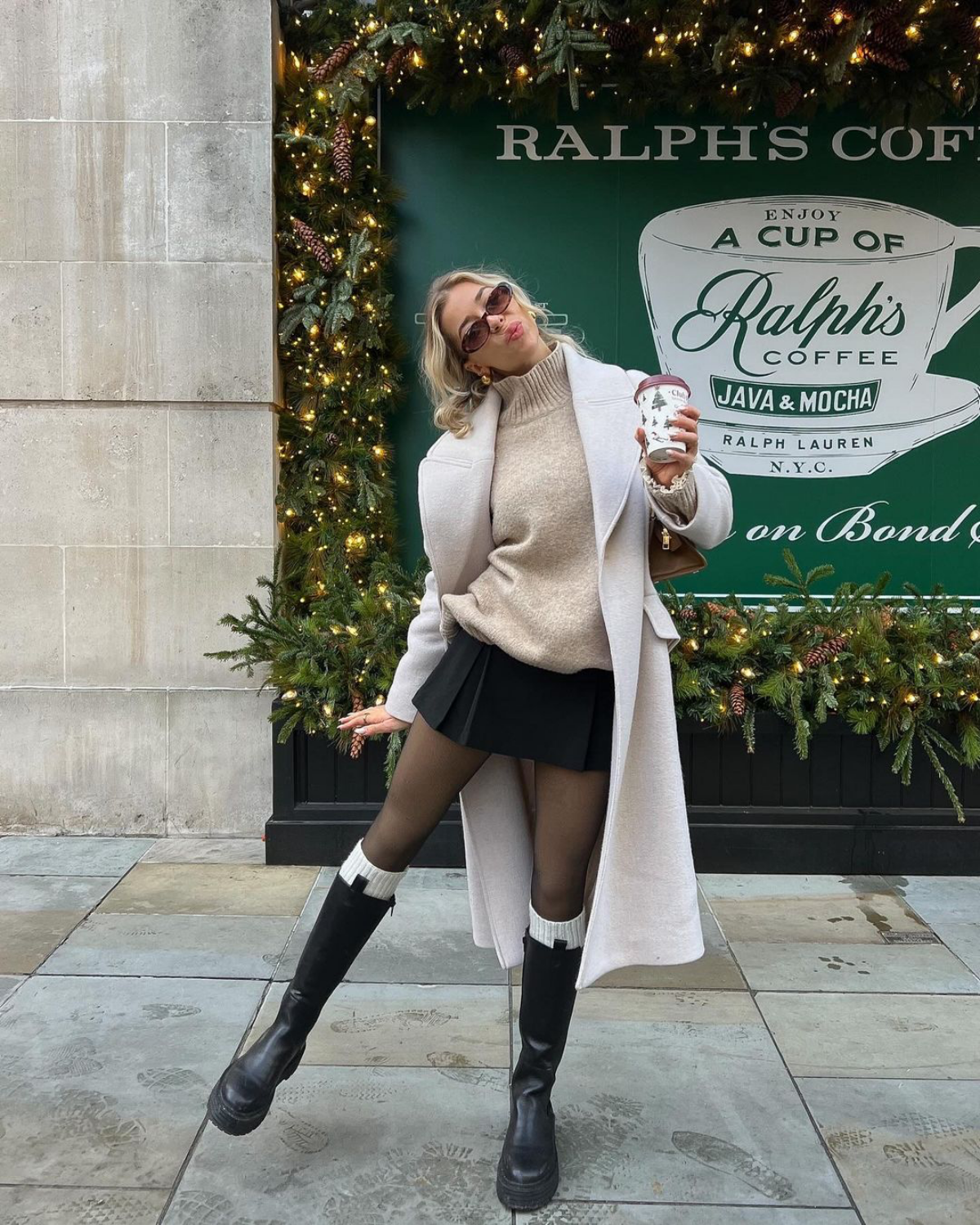
Galerie d’inspiration
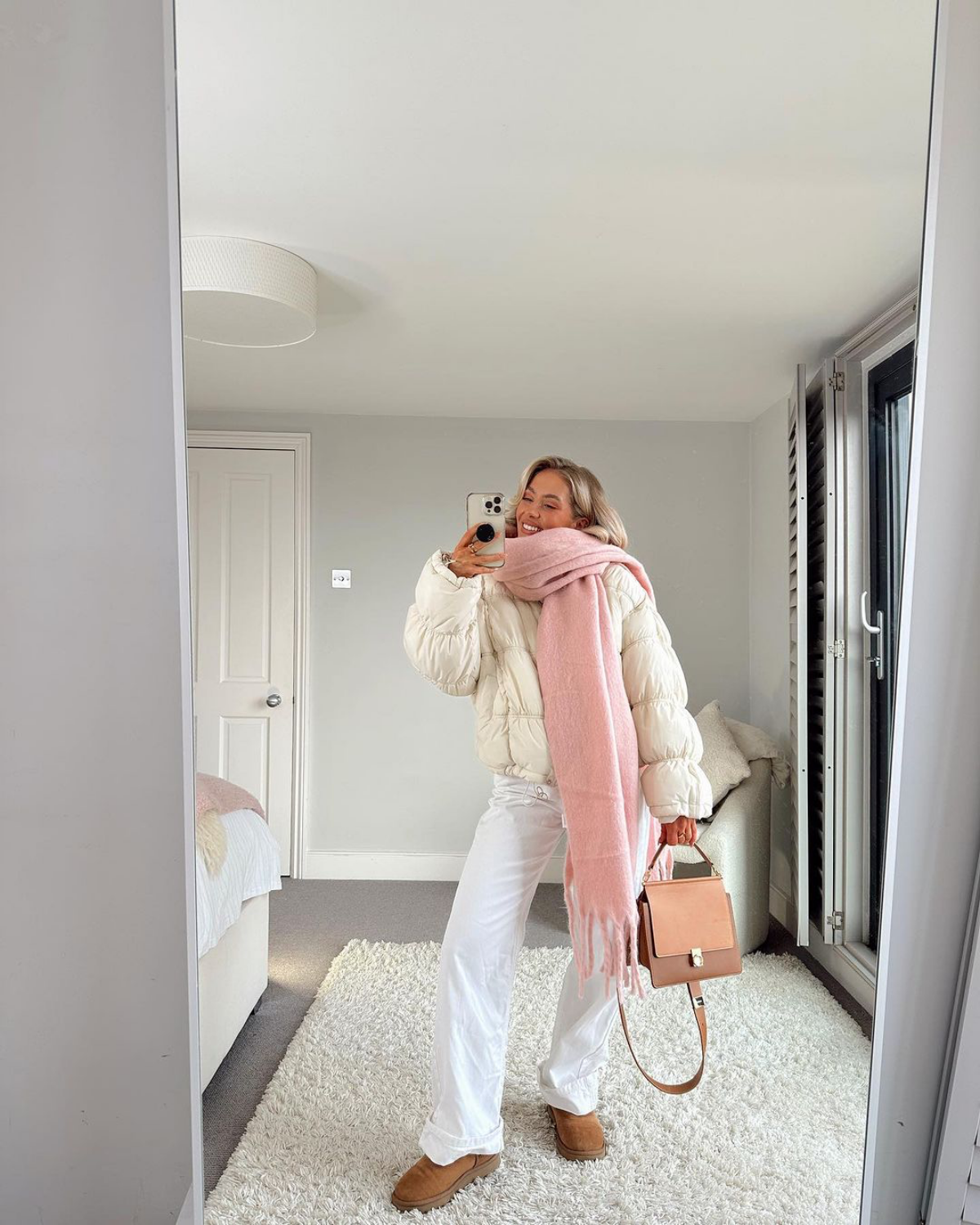
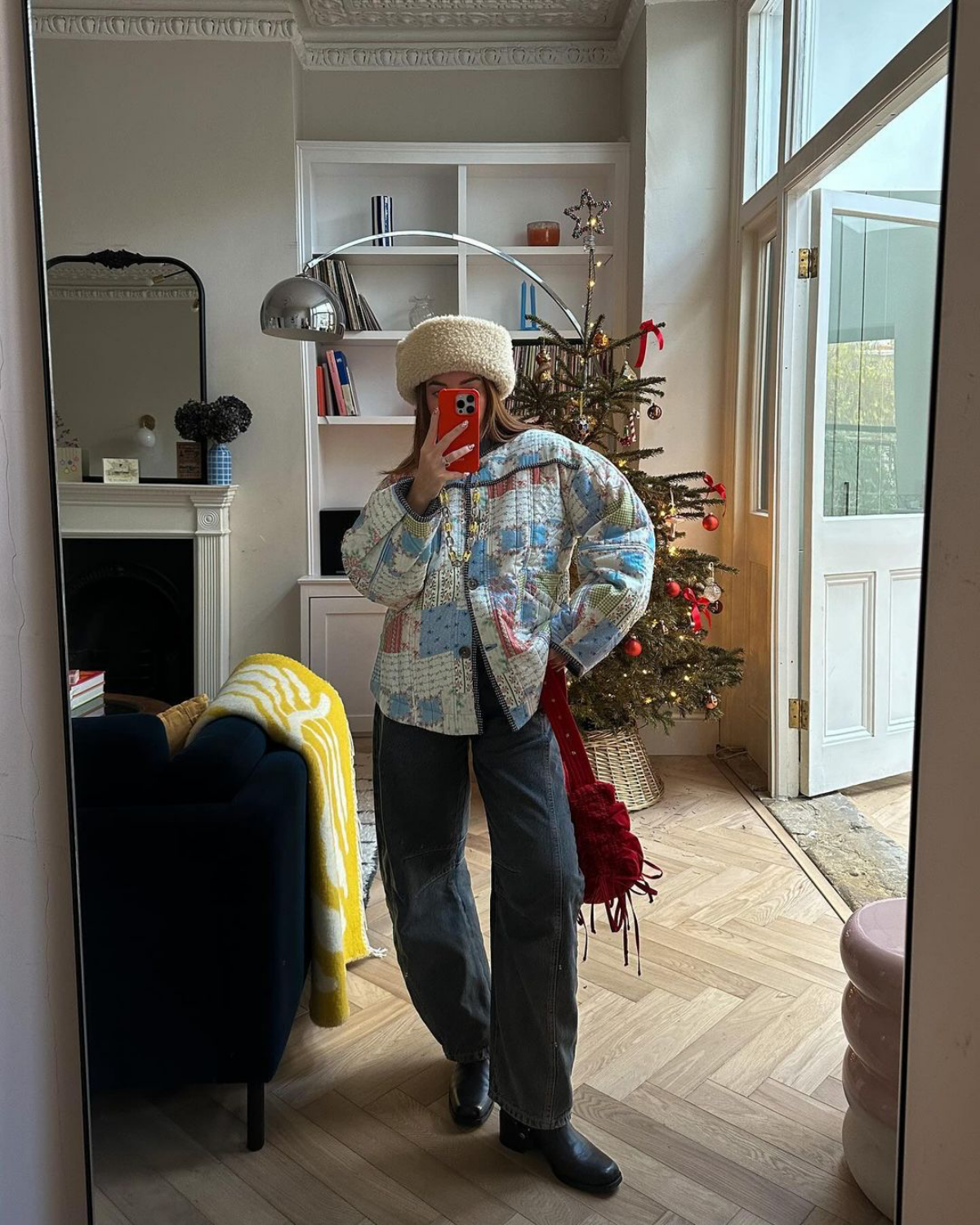
Merino Wool: The gold standard for base layers. This natural fiber is incredibly soft, breathable, and has a near-magical ability to stay warm even when damp. It’s also naturally odor-resistant, a huge plus for multi-day wear. Brands like Icebreaker or Smartwool are pioneers in this space.
Performance Synthetics: Fabrics like polyester or polypropylene blends excel at wicking moisture away from the skin faster than anything else. They are extremely durable and quick-drying, making them ideal for high-intensity activities. Look for options from Patagonia (Capilene) or Arc’teryx.
For all-day comfort with variable activity, merino is often preferred. For intense, sweaty workouts, synthetics have the edge.
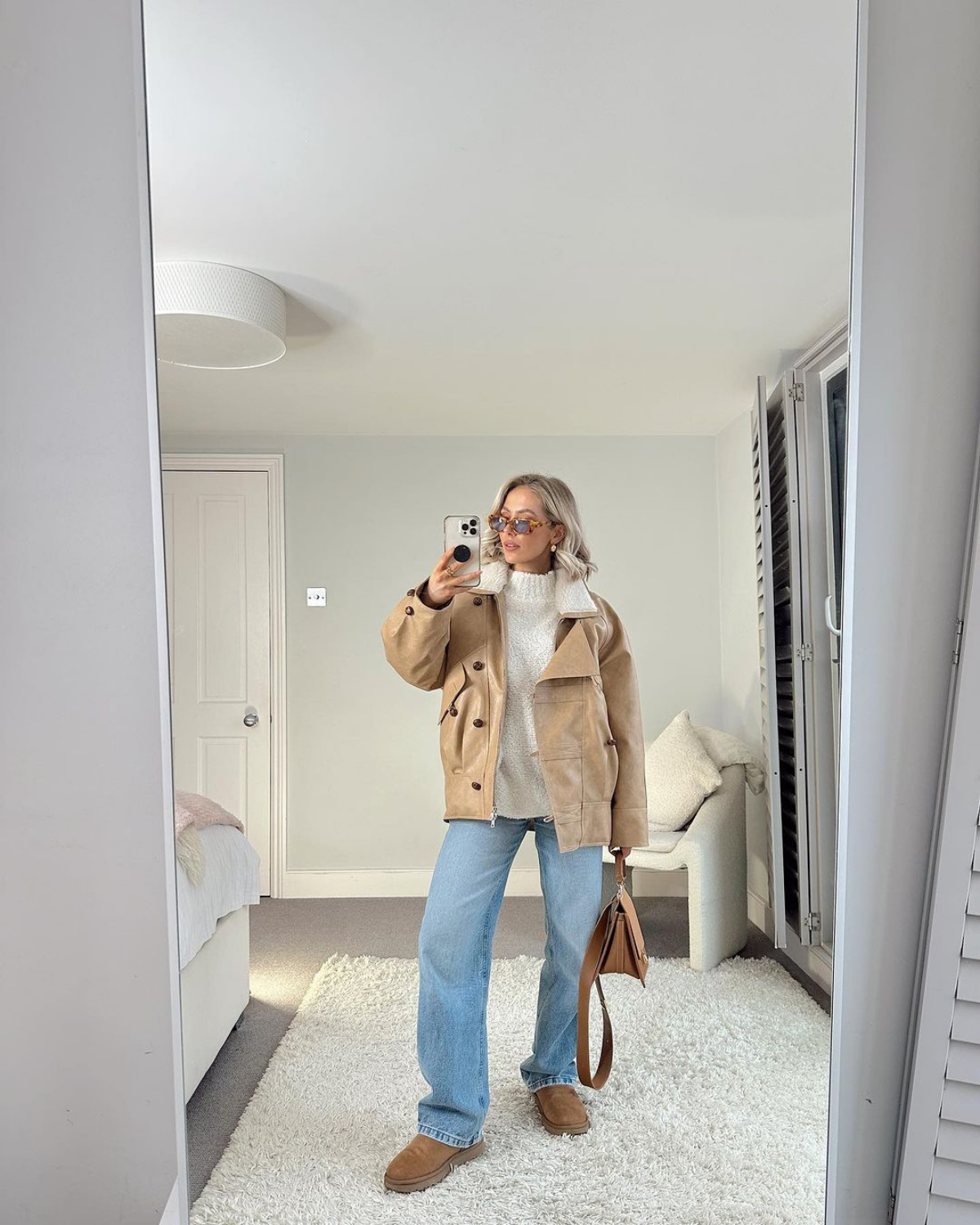
A person can lose up to 10% of their body heat through their head on a cold day.
This isn’t just an old wives’ tale. Uncovered extremities are like open windows for body heat. Investing in a quality wool or fleece-lined beanie is non-negotiable. Similarly, your choice of gloves matters. Look for models with dedicated insulation like Thinsulate and a windproof outer shell to truly defeat the cold that creeps into your fingers.
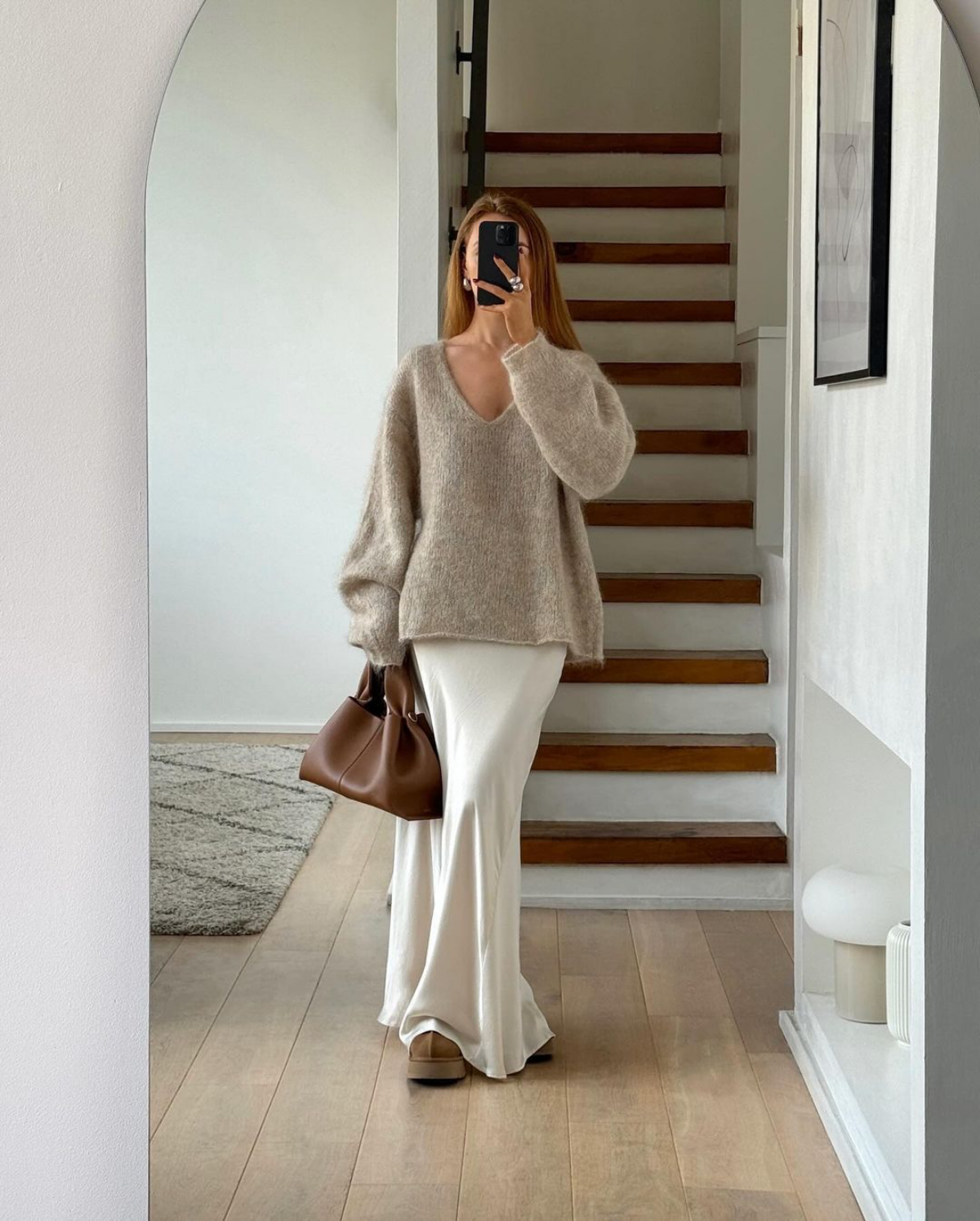
The eternal winter dilemma: you layer perfectly for the outdoors, only to start sweating the moment you step into a heated shop or office. What’s the secret to staying comfortable?
The answer is strategic ventilation. This is where smart design trumps sheer bulk. Look for outerwear with ‘pit zips’ – zippers under the armpits that let you dump excess heat without taking your coat off. The same principle applies to your mid-layer; a fleece or sweater with a quarter-zip or full-zip front gives you instant temperature control. It’s about creating a system that adapts with you, not one you’re stuck in.
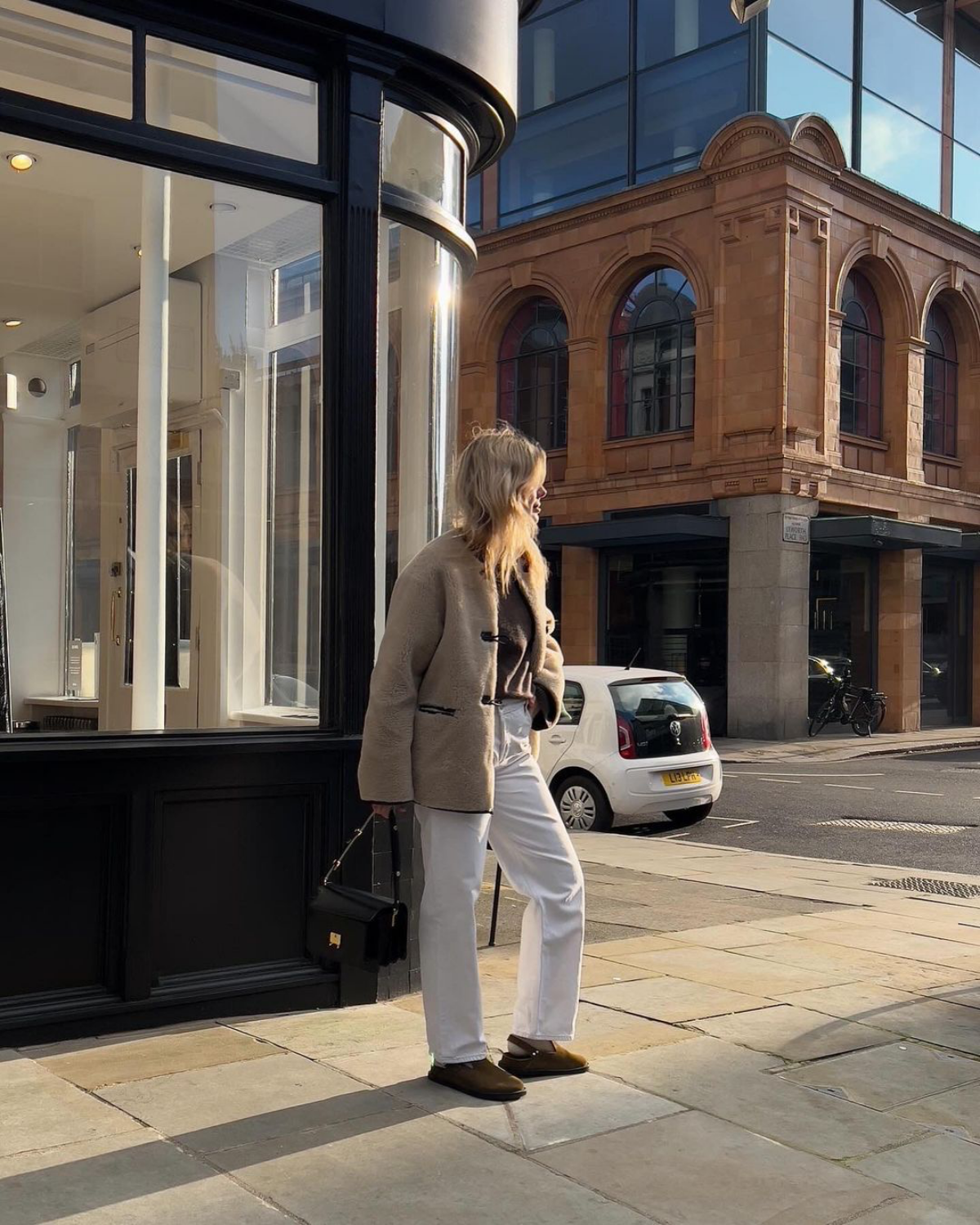
Don’t let your investment pieces lose their power. The specialized materials in your winter wardrobe need specific care to maintain their performance.
- For down jackets, avoid regular detergents which strip natural oils. Use a specialized cleaner like Nikwax Down Wash Direct and tumble dry on low with tennis or dryer balls to restore the loft and insulating power.
- Merino wool should be washed cold, with a wool-specific pH-neutral soap, and always laid flat to dry to prevent stretching or shrinking.
Beyond the core layers, consider the power of a single, high-quality accessory to transform your warmth and style. A large, oversized scarf in a rich material like cashmere, alpaca, or a dense lambswool isn’t just a chic accent. It’s a portable blanket you can wrap tight against the wind, drape over your shoulders indoors, or even tuck over your head for extra protection in a pinch. It’s the most versatile weapon in your winter arsenal.

